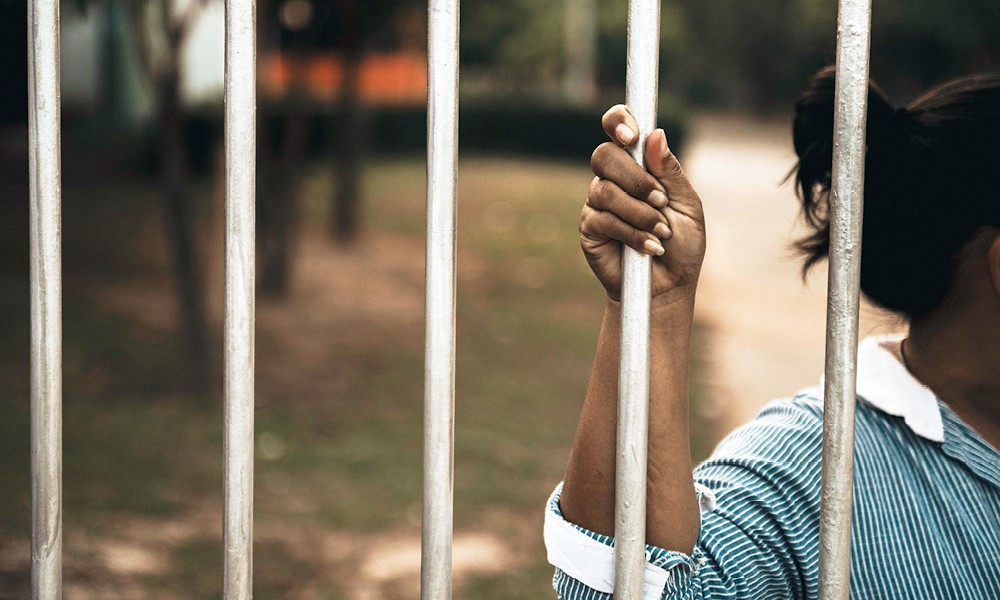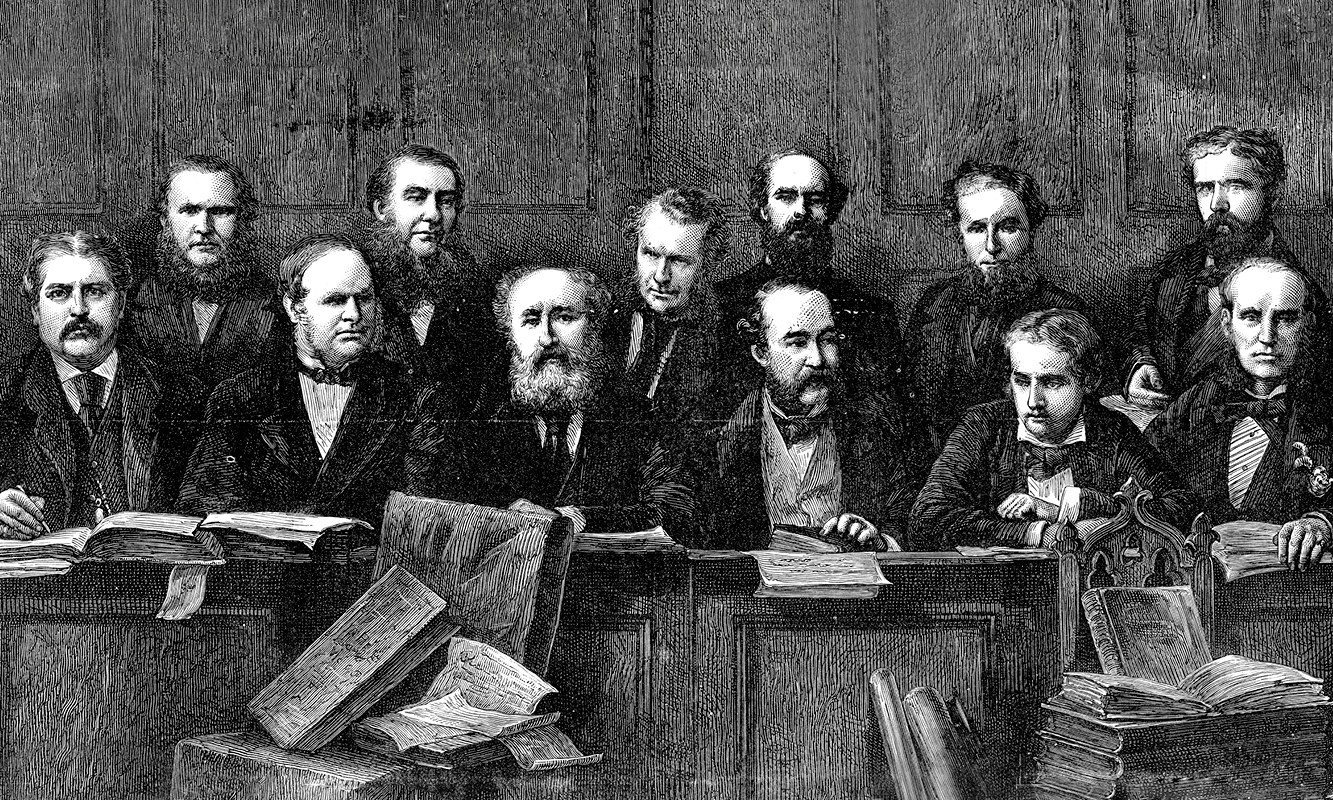This year, the 1991 Royal Commission into Aboriginal Deaths in Custody marked its 33rd anniversary. The Commission was established in the late 1980s in response to multiple reports of young First Nations being found dead in police custody.
Since the Royal Commission, Australia’s incarceration of First Nations peoples has doubled and at December 2023, Aboriginal and/or Torres Strait Islander peoples comprised 34 per cent of the nation’s prison population. Comparatively, in 1991, the incarceration rate of First Nations peoples was only 14 per cent.
The Royal Commission made 339 recommendations on how to address the over-incarceration of First Nations peoples. The high rates of death in custody today suggest the Australian Government has failed to implement all of the recommendations.
Professor Tamara Walsh from the University of Queensland Law School introduced the Deaths in Custody Project in 2015, in partnership with Sisters Inside Incorporated. It aimed to create a national database that made all Coroner’s reports and recommendations related to deaths in custody publicly accessible in one place. The project now runs out of Prisoners’ Legal Service.
Our project records relevant information contained in the full text findings of the Coroner’s Court, including:
- Gender
- Age
- Aboriginal and/or Torres Strait Islander status
- Type of custody at the time of death
- State and/or Territory where the person died
- Whether the person was sentenced or on remand
- Whether the Coroner mentioned a history of alcohol or drug use or mental illness
- Whether the Coroner believed that the person had received adequate medical care
Key findings
Aboriginal or Torres Strait Islander status
Our project has revealed that 20 per cent of coroners’ reports on deaths in custody concern people of Aboriginal and/or Torres Strait Islander descent. This is significant given that, according to the Australian Bureau of Statistics, less than four per cent of the Australian population identifies as Aboriginal and/or Torres Strait Islander.
Further, there is no requirement that a person’s status as an Aboriginal and/or Torres Strait Islander person be recorded in a Coroner’s report, except for in the Northern Territory. This means that a deceased person’s indigeneity is often not recorded by the Coroner, so Indigenous deaths in custody may be under-represented in the recorded statistics.
Place of death
Deaths in custody are most likely to occur in prison – they make up 64 per cent of all deaths in custody reported on by Coroners. Deaths in custody are more common in prisons than police custody in every state and territory except for the ACT where the leading type of custody is currently ‘in police operations’.
‘Police operation’ is second most common form of custody in which death occurs, making up 27 per cent of the deaths reported on by Coroners. Deaths in police stations, vehicles, cells and watch-houses make up six per cent of the deaths in custody in our database.
Notably, this statistic is higher for Aboriginal and/or Torres Strait Islander peoples: of the cases in our database, 10 per cent of Aboriginal and Torres Strait Islander deaths occurred in the course of police operations compared with only five per cent for non-Indigenous people.
Gender
Only four per cent of deaths involved females, despite the fact that women make up to seven per cent of prisoners.
Pre-existing condition
In more than half of the deaths in custody we investigated, the deceased person had a pre-existing medical condition, 45 per cent had a history of mental illness, 44 per cent had a history of drug use, and a further 34 per cent had a history of alcohol abuse.
Current challenges
Coroners’ findings can be difficult, time-consuming and sometimes impossible to access. There is no central database that publishes every death in custody in Australia and despite one of the recommendations of the Royal Commission being that coronial inquests be made public, states and territories do not always make all their Coroners’ reports available.
Further, legal definitions of ‘deaths in custody’ vary across public institutions and between states and territories. While we use the definition applied by the Royal Commission, the Australian Institute of Criminology applies a slightly different definition. This raises challenges for the project as some Coroners’ reports may not record a death as a ‘death in custody’ if it does not align with that jurisdiction’s legislation.
The most important finding of our research is that Coroners do not always report on a deceased person’s Indigenous status. We believe Coroners should publicly report on every deceased person’s race or ethnicity, so Indigenous deaths in custody are accurately recorded.
For further information, visit: deaths-in-custody.project.uq.edu.au
This article written by Millie Collier and Rasika Baig. The project is supervised by Angelene Counter (PLS) and Tamara Walsh (UQ). The Royal Commission handed down its final report on 15 April 1991.












Share this article